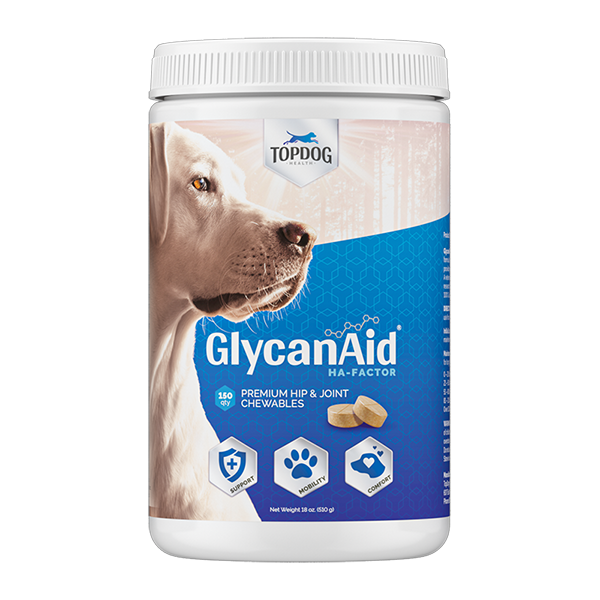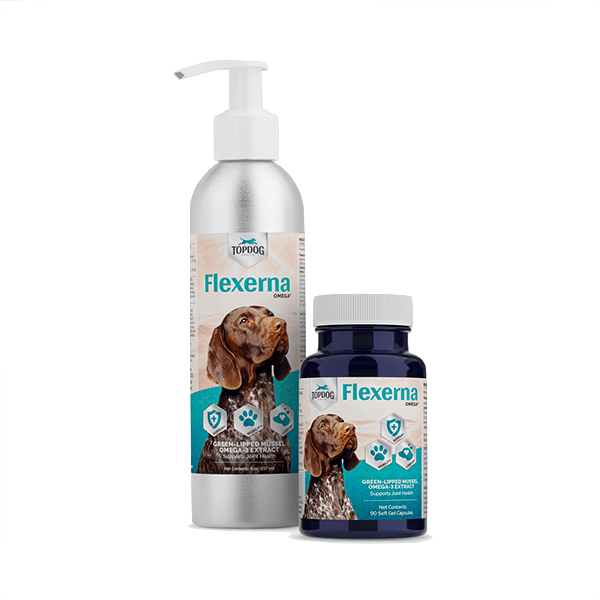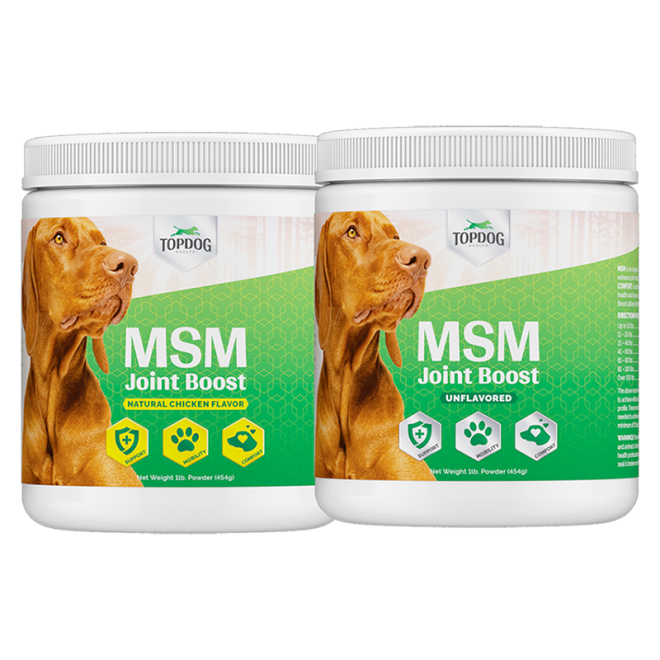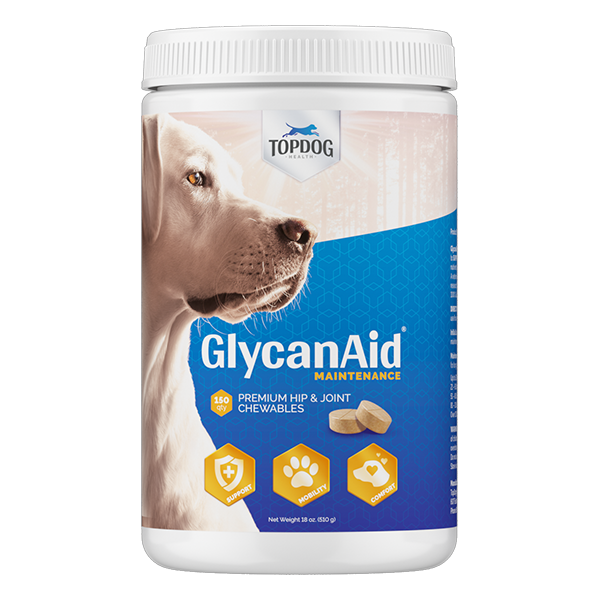Similar to other CCL surgeries, it’s going to take some time before your dog is chasing Frisbees again. And it’s important to note, the stricter that you follow the post-op instructions, the more chance of success the CBLO surgery will have.
Dogs will go home the next day following surgery with antibiotics, anti-inflammatories, and possibly an E-collar if they can’t keep their tongues to themselves. At-home care starts now with passive range of motion exercises, icing and massage. If you have access to a professional rehabilitation facility, use them. Otherwise, the Cruciate Home Rehab Guide will walk you through the helpful exercises and get your dog on the right track to recovery.
Dogs should be leash walked only for 4-6 weeks. No running, jumping or playing, no walking without a leash even in a fenced yard. Your dog isn’t going to like this, but don’t let those puppy dog eyes talk you into something that you may regret later. Uncontrolled exercise can lead to breakage of the plate or other complications meaning all of that work was for nothing.
An x-ray will be taken at 8-12 weeks to see if the cut bone has healed and to determine if your pup can start to amp up their exercise routine. Don’t get too excited, this doesn’t mean let them go free-for-all. Instead, it means longer leash walks and possibly some off-leash, but still controlled, time.
The joint supplements GlycanAid HA, Flexerna Omega and MSM Joint Boost are important partners in your dog’s recovery. These supplements provide glucosamine, chondroitin, MSM, omega fatty acids, and hyaluronic acid to nourish the joint and help ward off arthritis for as long as possible.
Weight loss plays an important hand in the recovery journey as well. Excess weight puts a lot of pressure on joints, especially newly fixed ones. For the best results and to help delay arthritis, keep your dog slim and trim with a proper diet.






